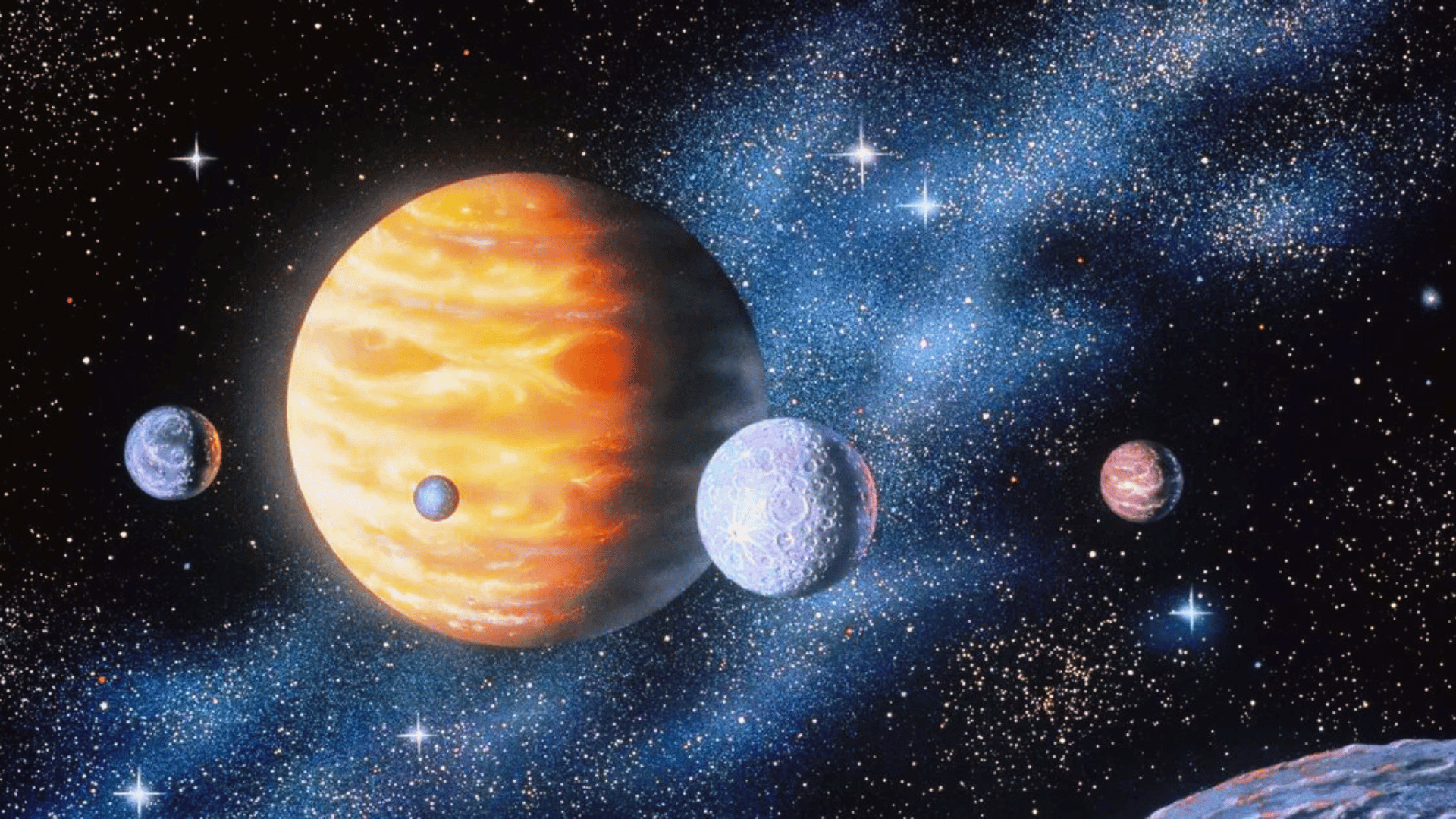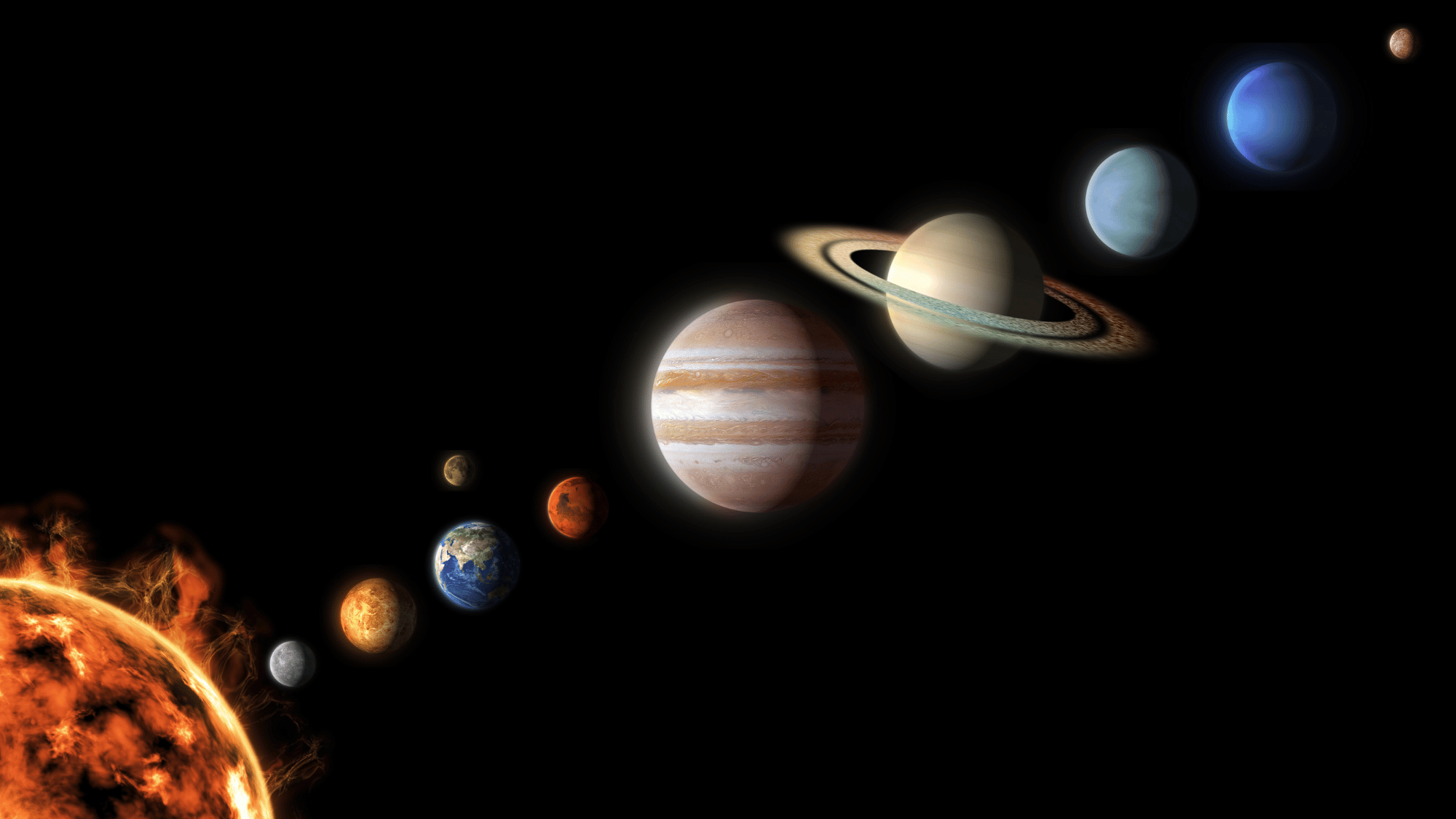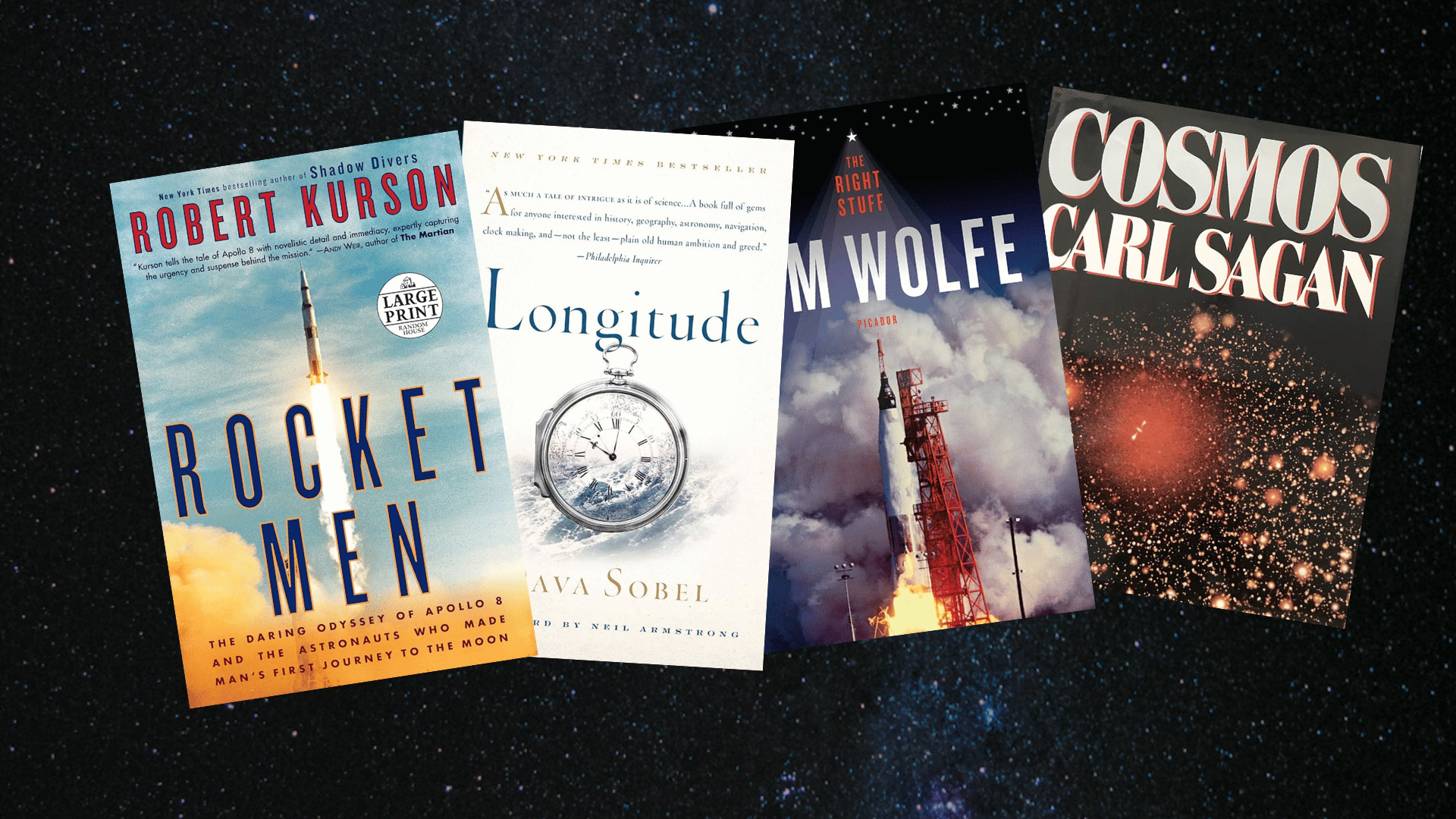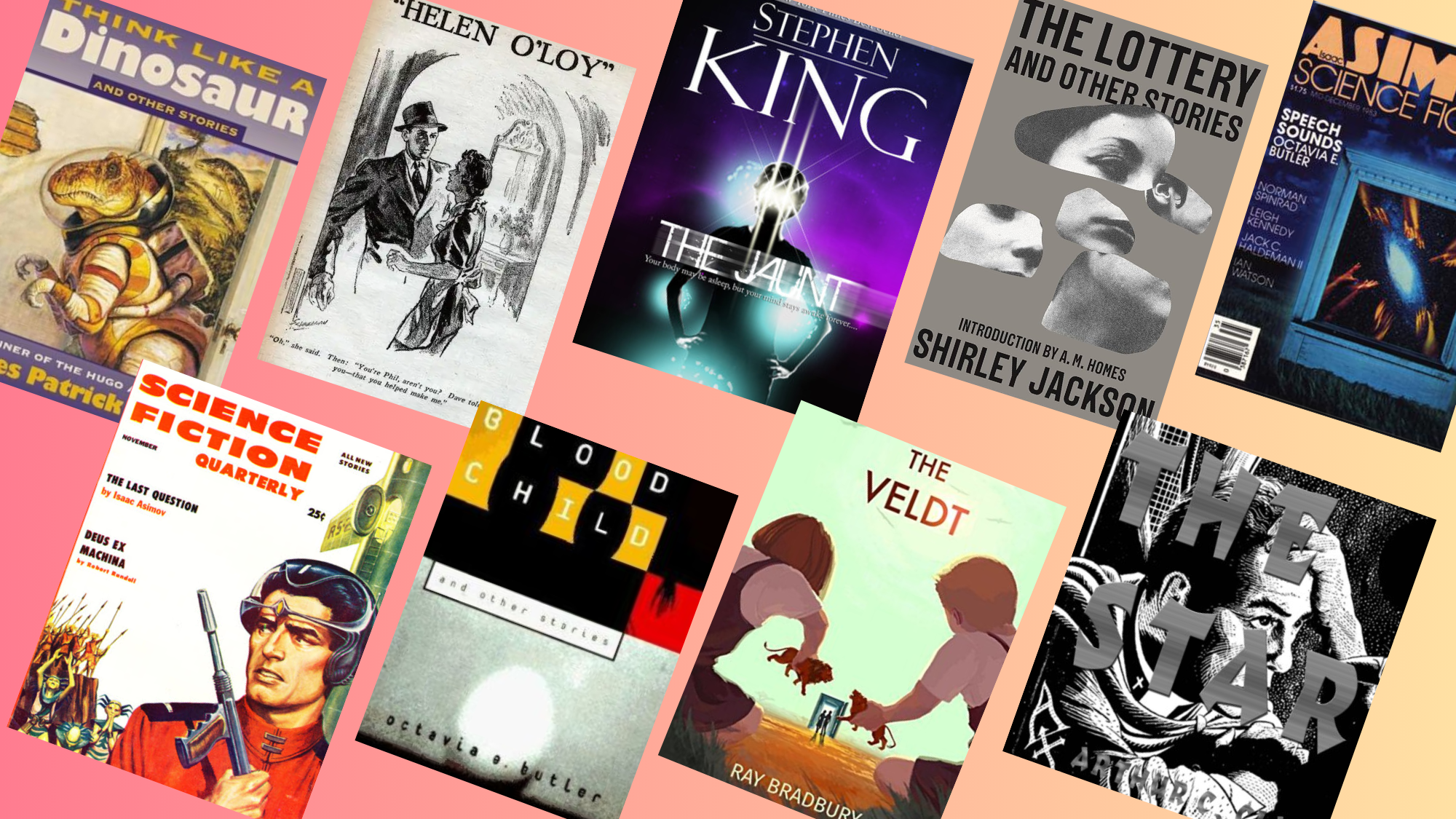Have you ever looked up at the night sky and wondered about the mysteries above? One question that captures people’s imagination is What does it mean when the planets align?
You might have heard this phrase in movies, read about it online, or even heard friends talking about it. But what’s the real story behind planetary alignments?
Is there something magical happening, or is it just a natural space event? The answer might be different from what you think!
If you’re curious about this interesting topic and want to separate fact from fiction, keep reading to learn the true meaning, history, and science behind planetary alignments!
What is Planetary Alignment?
Planetary alignment happens when two or more planets appear in a straight line from Earth’s point of view.
This doesn’t mean the planets are actually lined up perfectly in space; it only looks that way because of how we see them from Earth.
When planets gather in the same area of the sky, astronomers call it a conjunction (for two planets) or a syzygy (for three or more).
These alignments are exciting because they give us a rare chance to see several bright planets at once, sometimes stretching across the sky like a glowing arc.
They don’t affect Earth or cause any physical changes, but they’re beautiful moments that remind us how connected our solar system is.
The Astronomy Behind Planetary Alignment
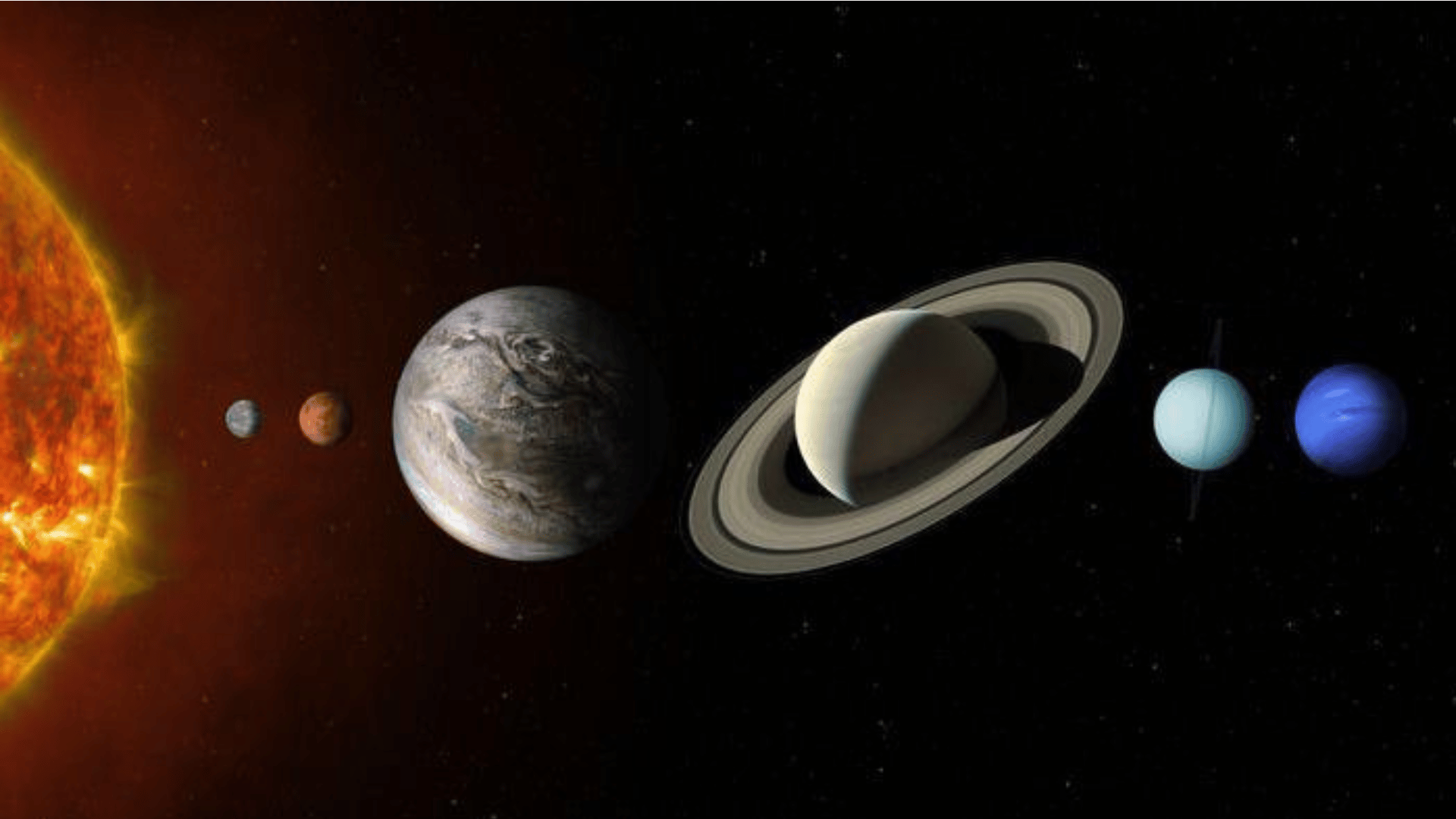
Image Source: BBC
Planetary alignment looks magical, but it’s simply planets appearing in line from Earth due to their predictable orbital paths.
1. Orbital Planes and the Ecliptic
All planets travel in flat, almost level paths called orbital planes.
When we look up, these paths form an invisible line across the sky known as the ecliptic, the same line the Sun appears to travel along each year.
When planets appear near this line at the same time, we see them “align.” Even though they seem close together, they are actually millions of miles apart in space.
You can usually spot these alignments best during sunrise or sunset, when the sky is still dim but planets shine brightly.
2. Types of Planetary Alignments
Not all alignments are the same. There are a few main types:
- Conjunctions: Two planets appear very close, like when Venus and Jupiter meet in the evening sky.
- Multi-Planet Alignments: Three or more planets line up, forming a curve or cluster. For example, in February 2023, Venus, Mars, and Jupiter formed a stunning trio.
- Full Alignments: On rare occasions, all major planets appear in one part of the sky. These are uncommon because each planet moves at a different speed around the Sun.
The best times to see these alignments are usually just before sunrise or after sunset, when bright planets like Venus and Jupiter dominate the horizon.
3. Orbital Periods and Timing
Each planet takes a different amount of time to orbit the Sun:
- Mercury: 88 days
- Venus: 225 days
- Earth: 365 days
- Jupiter: nearly 12 years
Because of these differences, the planets align at various times. Planets closer to the Sun, like Mercury and Venus, align more often than the distant ones like Uranus or Neptune.
Astronomers use math and computer models to predict when these events will happen. You can even use apps like Sky Guide or Stellarium to see upcoming alignments right from your phone.
Does Planetary Alignment Affect Earth?
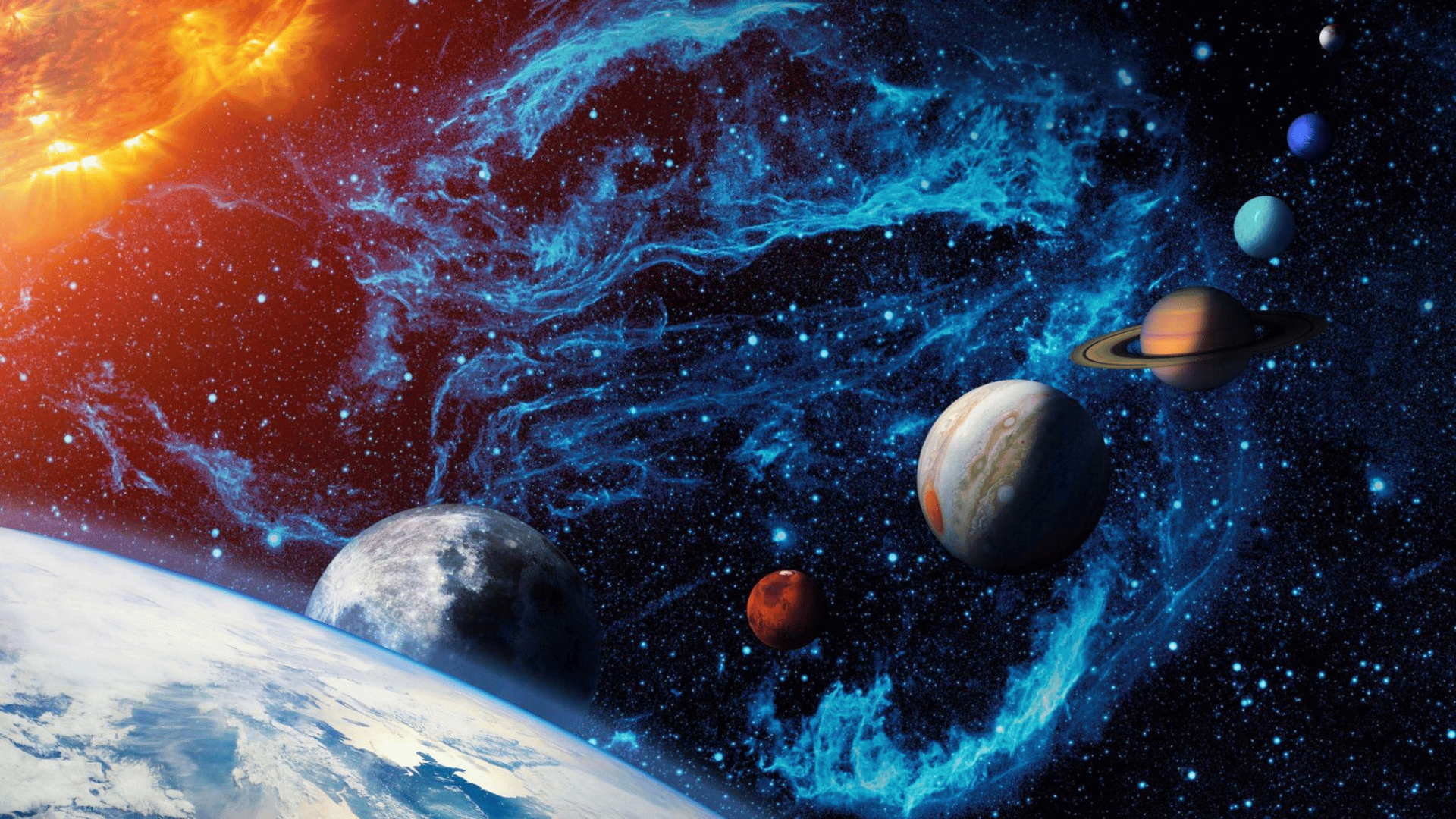
Image Source: BBC
Some people wonder if planetary alignments can cause natural disasters or strange effects on Earth.
The short answer: no, they don’t.
Scientists have studied this for decades, and there’s no evidence that alignments affect the Earth’s weather, earthquakes, or tides.
Here’s why:
- The gravitational pull from distant planets is extremely weak, far less than the pull of our Moon.
- Even the Moon, which affects tides, doesn’t cause damage to Earth.
- Studies show no link between planetary positions and events like storms or quakes.
So while alignments look powerful, their influence is purely visual, not physical. You can enjoy them without any worry; they’re simply part of the natural rhythm of the cosmos.
Cultural and Historical Perspectives
Throughout history, people have looked at the sky and given meaning to planetary alignments. Different cultures saw them as signs, stories, or guides.
| Culture/Time Period | What They Believed | How They Used Alignments |
|---|---|---|
| Ancient Babylonians | Signs from the gods | Used them to plan crops and religious events |
| Ancient Greeks | Stories about gods and heroes | Saw the sky as a stage for divine myths |
| Ancient Mayans | Part of natural cycles | Used alignments to track time and create calendars |
| Medieval Europe | Predictors of major world events | Linked them to fate, prophecies, and change |
| Modern Astrology | Influence on personality and destiny | Used in horoscopes and zodiac interpretations |
How to Witness a Planetary Alignment
Watching a planetary alignment is one of the easiest and most rewarding ways to experience astronomy. Look at how you can prepare:
- Find the Date: Check reliable astronomy websites or apps to learn when the next alignment will occur in your region.
- Choose the Right Time: Most alignments are visible around dawn or dusk, depending on the planets involved.
- Pick a Good Viewing Spot: Go somewhere with a clear, flat horizon, like a beach, open field, or hilltop, away from bright lights.
- Use the Right Tools: A simple pair of binoculars or a small telescope can make the experience even better.
- Stay Safe: Never look directly at the Sun, especially if you’re observing during sunrise. Always wait until it’s below the horizon.
The next large alignment will happen in May 2040, when Jupiter, Saturn, Mars, Venus, and Mercury will cluster in the western sky.
Fun Facts About Planetary Alignments
Planetary alignments aren’t just beautiful; they come with some interesting facts that make them even more enjoyable to learn about:
- The planets never form a perfect straight line; it only looks that way from Earth.
- Alignments are more frequent than solar eclipses.
- Jupiter and Saturn meet every 20 years in what’s called the Great Conjunction.
- The word syzygy comes from Greek, meaning “yoked together.”
- Ancient astronomers used alignments to measure time and predict celestial events.
Conclusion
Now you know what it means when the planets align! It’s a simply beautiful sight in the sky, where planets appear close together from our viewpoint on Earth.
Planets aligning won’t cause earthquakes, change the weather, or affect your daily life.
Science has proven these events are completely safe.
These cosmic events are actually wonderful chances to look up at the night sky and appreciate the amazing patterns of our solar system.
If you want to learn more about space and science? Read our blogs for easy-to-understand articles about the universe and the wonders above us.



